The design of a brick house can be sustained in almost any architectural style - from traditional classics to the recently popular loft.
Brickwork is resistant to weather changes, temperature fluctuations and precipitation. Brick is resistant to mechanical stress, it will never go out of style. Another advantage of bricks is the ability to choose the facing material of almost any color, and thus get the facade of the style that you like.
The color scheme of the facades of brick houses
Traditionally, the facades of brick houses have the color of a fired brick mixture, but recently a special brick has been used as a facing material, which can be given almost any color in accordance with the designer's idea.
Thanks to color, you can change the visual perception of a building. For example, to make a massive building lighter, it can be laid out of light sand bricks.
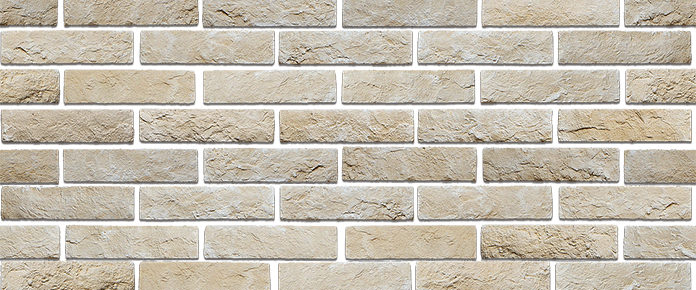
Yellow brick will perfectly match brown roofing, windows and doors.

A white brick house under a black or dark gray roof looks modern and minimalistic.
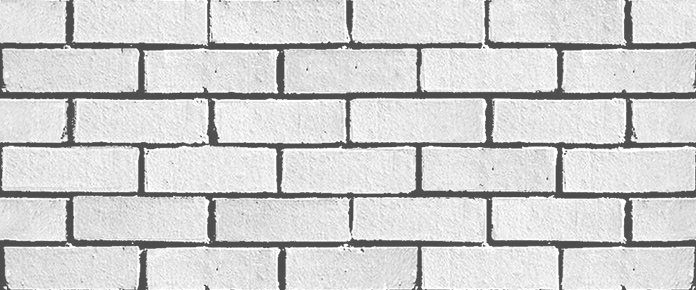
Beautiful brick facades in the traditional style are obtained from bricks of red and brown shades. Houses decorated in this way are reminiscent of the estates of past centuries and give rise to a feeling of peace and comfort.
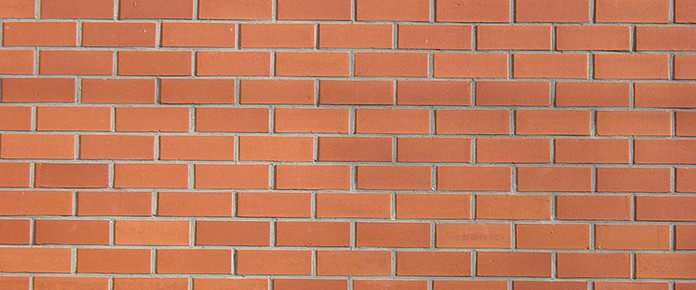
The masonry in the style of "melange" looks very interesting, in which some bricks are lighter and others darker. The resulting effectcreates a unique look of the house.
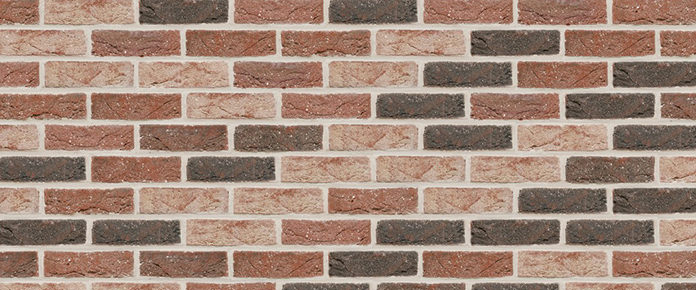
In the design of a brick house, a combination of bricks of different shades is often used. For example, the walls are lined with light bricks, and the corners and frames of windows and doors are darker.
Another common decorative technique is the use of textured bricks for finishing. This technique allows you to create real architectural masterpieces in a simple and affordable way.
Advantages of brick facades
The facades of brick houses are distinguished by their strength, durability, and attractive appearance. But this is only part of the advantages that a brick gives when building a house. In addition, brick finishing has the following advantages:
- the brick house has clear and laconic geometric shapes;
- brick is a porous material, so it allows air to pass through well, does not allow moisture to stagnate in the room;
- facing brick is resistant to ultraviolet radiation, since very persistent dyes are used in its production;
- brick facades retain their attractive appearance for a long time, while it is not required to protect them from aggressive environmental influences;
- this material is not afraid of temperature jumps either outside or inside the building;
- a correctly assembled brick facade will last up to 150 years, subject to operating conditions;
- no special maintenance is required, it is enough to wash the facade with water from a hose in case of contamination;
- brick houses are resistant to strong wind loads;
- the facades of brick houses rarely crack over time, since the stress indicators of this material and the deformation coefficients are quite low;
- the brick is resistant to the action of fire, in comparison with other materials, it withstands its impact longer without destruction;
- brick is an environmentally friendly building material that does not emit harmful substances into the air, and is safe for the environment, and for human health;
- brick facades are not afraid of excessive moisture, as it absorbs moisture very moderately (from 6 to 30% of its own weight);
- the design of a brick house can be any - from this material it is possible to lay out various architectural elements, such as arches and niches, to create acute-angled and curved shapes, as well as patterns;
- brick facades are easy to restore - if one or more bricks are damaged, they can be replaced by choosing a brick of the desired shade.
Against the background of all these advantages, some of the disadvantages that brick as a finishing facade material still have are practically lost:
- strengthening of the foundation is required, since brick is a heavy material;
- high cost of materials, facing and construction work.


 10 practical tips for arranging a small kitchen in the country
10 practical tips for arranging a small kitchen in the country
 12 simple ideas for a small garden that will make it visually spacious
12 simple ideas for a small garden that will make it visually spacious
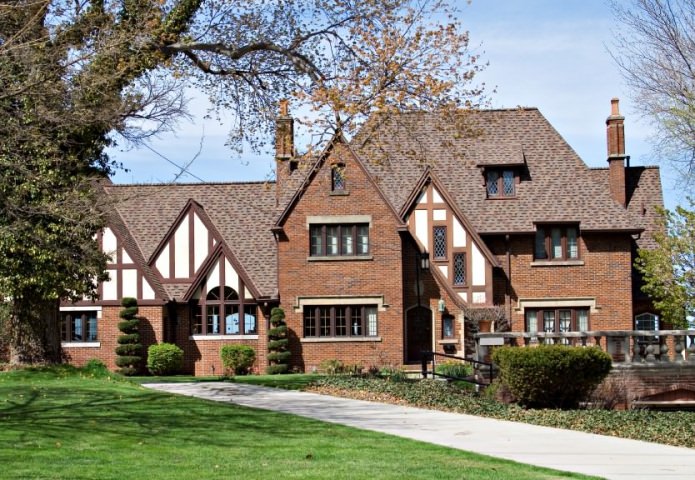

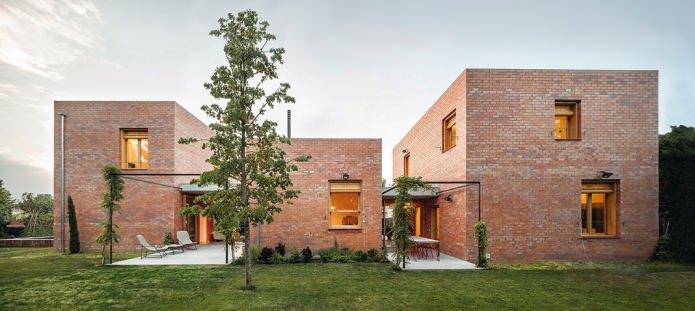
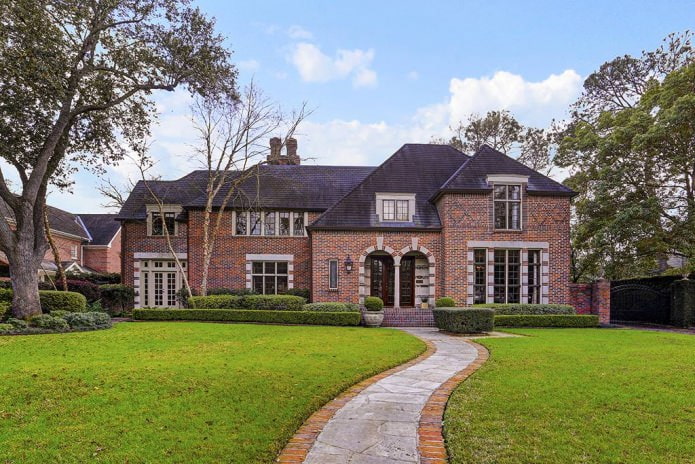
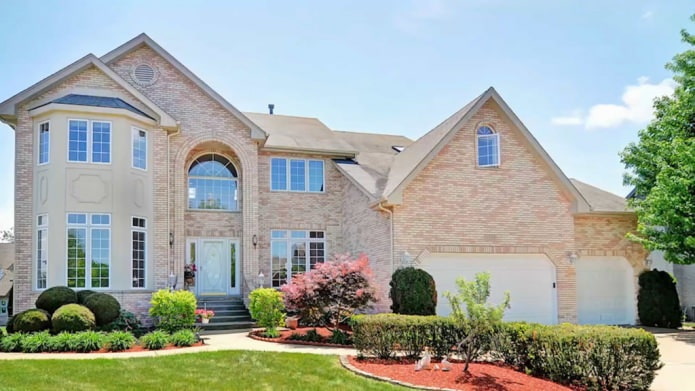
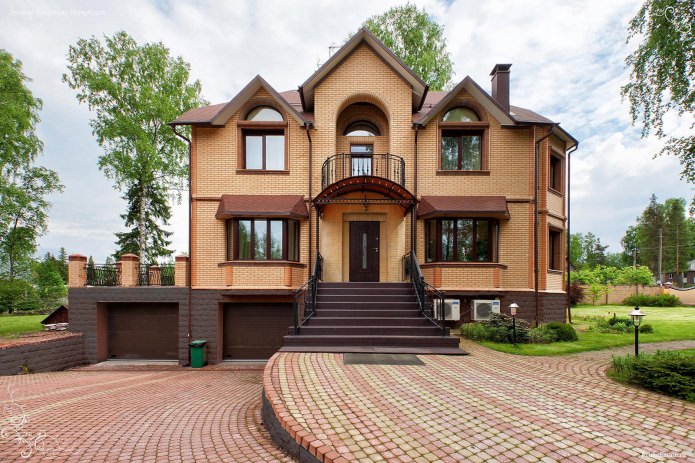
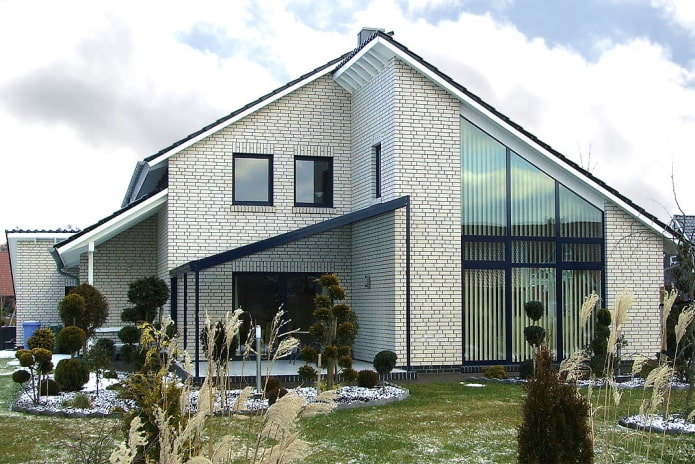

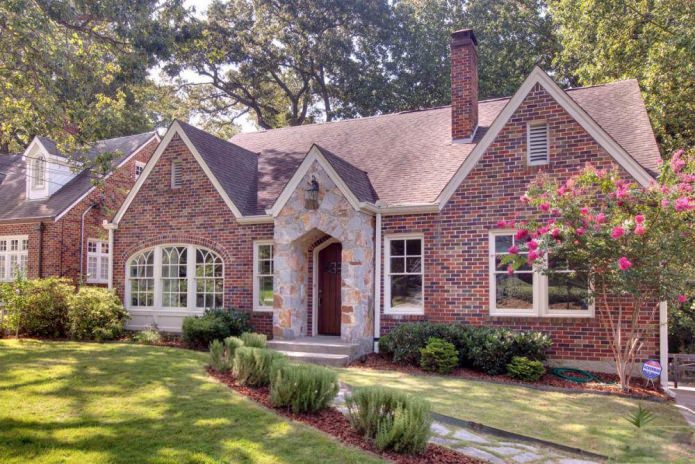
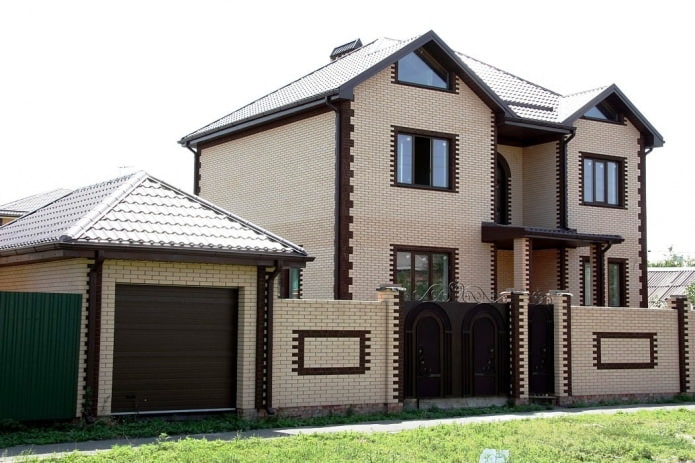
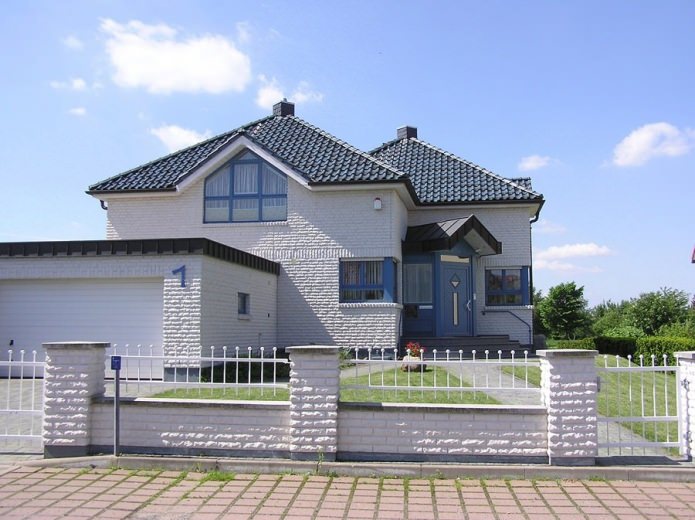
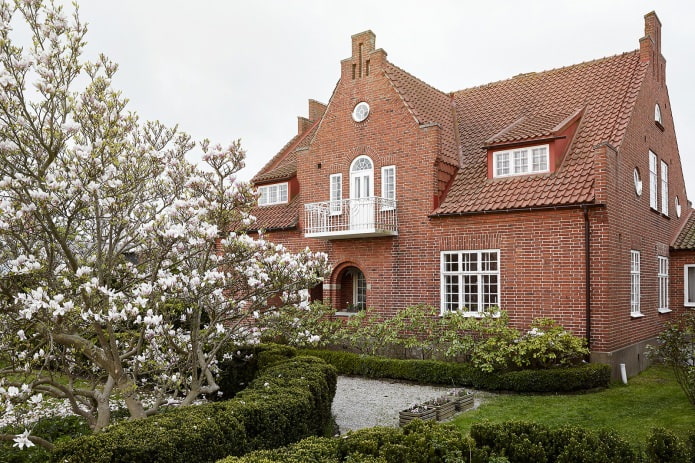
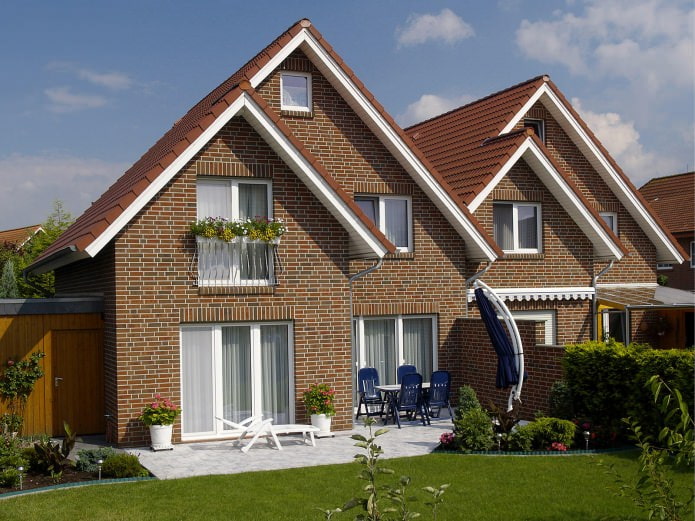
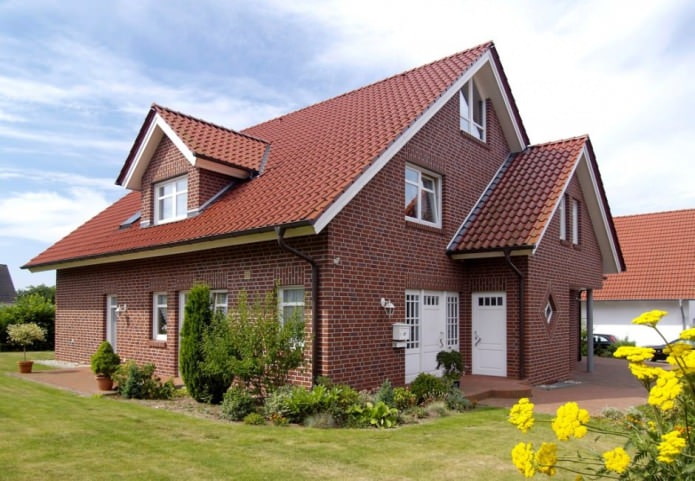
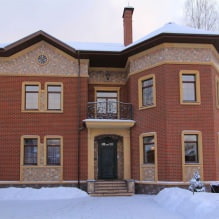
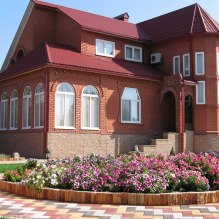
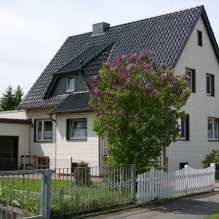
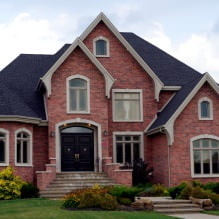
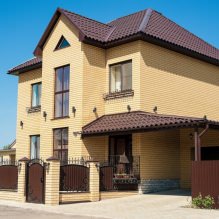
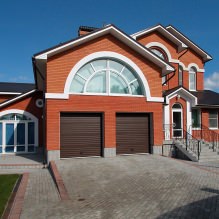

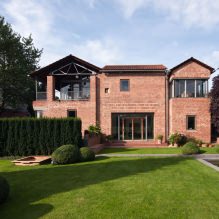


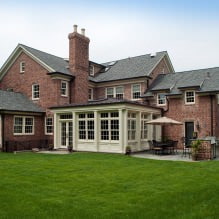
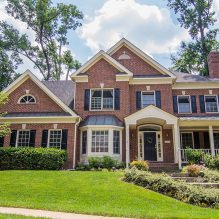
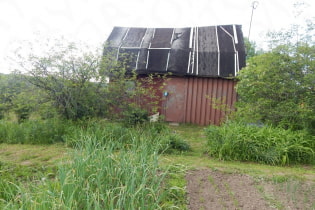 What can you save on when renovating your summer cottage?
What can you save on when renovating your summer cottage? 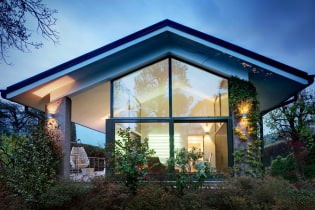 Houses with panoramic windows: 70 best inspiring photos and solutions
Houses with panoramic windows: 70 best inspiring photos and solutions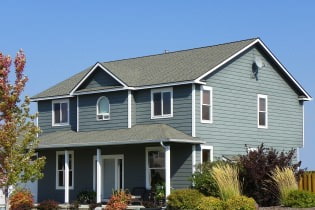 Siding house facades: features, photos
Siding house facades: features, photos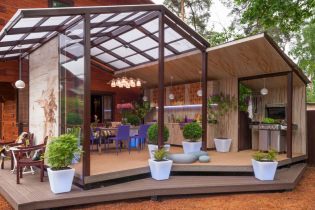 Terrace design in a private house in the Moscow region
Terrace design in a private house in the Moscow region Provence style house design in Moscow region
Provence style house design in Moscow region Modern design of a small private house in the forest
Modern design of a small private house in the forest